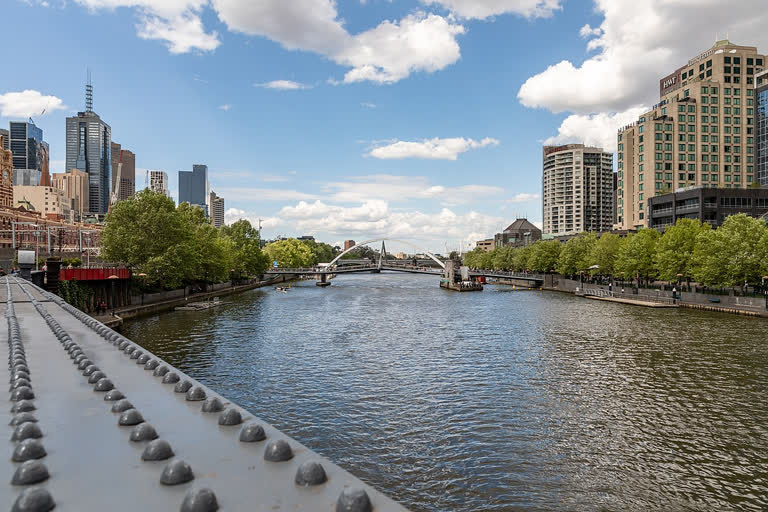Melbourne (Australia): Australia hasn't embraced the rights of nature movement with the same enthusiasm as some overseas jurisdictions, but a law setting out to protect Victoria's Yarra River (Birrarung, as it's known to Traditional Owners) offers a case for more buy-in from legislators.
The Yarra River (Birrarung) law has been identified by the United Nations as a legislative example of the rights of nature. Comparable laws abroad might go further, but the law signifies a shift in the way governments think about protecting natural environments. The law covers the river and certain public land in its vicinity for the purpose of protecting it as one living and integrated natural entity, a holistic view that is consistent with the Traditional Owners' understanding.
The preamble, which has been written in both English and the Traditional Owners' language of Woi-wurrung, states that the Birrarung is alive, has a heart, a spirit and is part of our Dreaming. The law also looks into the future, requiring a long-term (50-year) community vision and a strategic plan to guide future decision-making about the Yarra River (Birrarung).
But Victoria's law differs from many global rights of nature cases in not granting the Yarra River (Birrarung) legal status, meaning it has no enforceable legal rights. Contrast this with New Zealand's Whanganui River, which has all the rights, powers, duties and liabilities of a legal person, with an entity to act in its name. This means that, if waste were to be dumped in the Whanganui River, a representative of the river can take action in court.
Were this to happen in the Yarra River (Birrarung), the pathway to accountability is more convoluted. However, what the Yarra River (Birrarung) law does is set out a number of principles to guide decision-making about the river which emphasise environmental, social, recreational and cultural values rather than economic values.
Also read: When we swim in the ocean, we enter another animal's home. Here's how to keep us all safe
Importantly for Traditional Owners, the emphasis is on Traditional Owners' cultural values. The law also establishes the Birrarung Council, an independent statutory body which advises the Victorian Minister for Water on the Act's operation and can advocate on behalf of the Yarra River (Birrarung). It has been referred to by the Victorian state government as the 'voice' of the river.
There are also two mandated positions on the council for Traditional Owners, another way that their values can be given a voice. However, the council can't make decisions on behalf of the Yarra River (Birrarung) as it is only advisory. Victoria produced similar legislation in 2020, protecting the Great Ocean Road region, a local tourist landmark.
In addition, It has incorporated the living and integrated natural entity concept into an action plan for the Waterways of the West with a view to enshrining it into legislation. And whereas the voice' of the Yarra River (Birrarung) in the Yarra River (Birrarung) law is the Birrarung Council, the Waterways of the West action plan recognises the Traditional Owners as the voice of the living entities (that is, waterways).
Despite it being only a tentative step towards the rights of nature in Australia, some valuable lessons could still be learned from the Yarra River (Birrarung) law. It recognises the holistic nature of a natural entity, one that is more than just a resource to be exploited. It also contains an example of a statutory body which gives an independent voice' to the natural landscape (waterway), even if that voice is only advisory. Traditional Owner cultural values and voices are emphasised. And, as the Yarra River (Birrarung) flows through both rural and urban Victoria, there is scope to assess how the legislation operates in different settings. (PTI)



